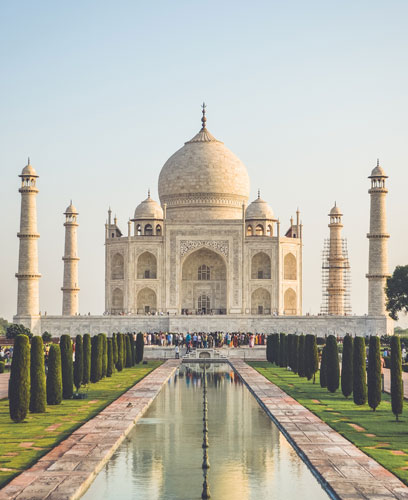He sat defeated, slumped over with gashes all across his face. His ear was swollen, his nose broken, his fight lost. As I walked into the room, his sightless eyes met mine.
I had seen the sculpture Seated Boxer in pictures and in textbooks; I had studied its form, its expression, and its history from a distant classroom. But to meet the boxer’s gaze directly was an entirely different experience. The pain etched into his face and the exhaustion carved into his posture demanded my empathy, and for a moment, he seemed to be more human than metal. Although entirely hollow, this Greek statute still manages to encapsulate what remains of an ancient culture. As I looked at this statue, I was conveyed to a world and culture that existed two thousand years ago.
Viewing the art and architecture of a place is always one of my favorite parts of traveling. I spend hours traipsing through museums and meandering through old cathedrals and palaces. While the art and architecture are impressive, it’s the history that surrounds the masterpieces that most captivates me. These works of art tell the story of that place; collected together, they create a picture book that explains how that country’s culture came to be. As I viewed these works of art, my weeklong vacation suddenly became timeless in its scope.
In this issue, we will celebrate cultures through their artistic endeavors and their history. Our resident art historian will walk you through a Gothic cathedral, explaining the significance of its gargoyles and stained glass windows. You will discover the Louvre’s less known but equally noteworthy paintings and sculptures. The significance of Santa Barbara’s iconic architecture—red-tiled roofs and whitewashed buildings—will be revealed to you, and you will also discover that some art comes in a delicious, confectionery form.
As you plan your next travel expedition, we hope you’ll take the time to explore the art of that country or region. Let that art take you to a place you never planned to go.
—Morgan Daniels


